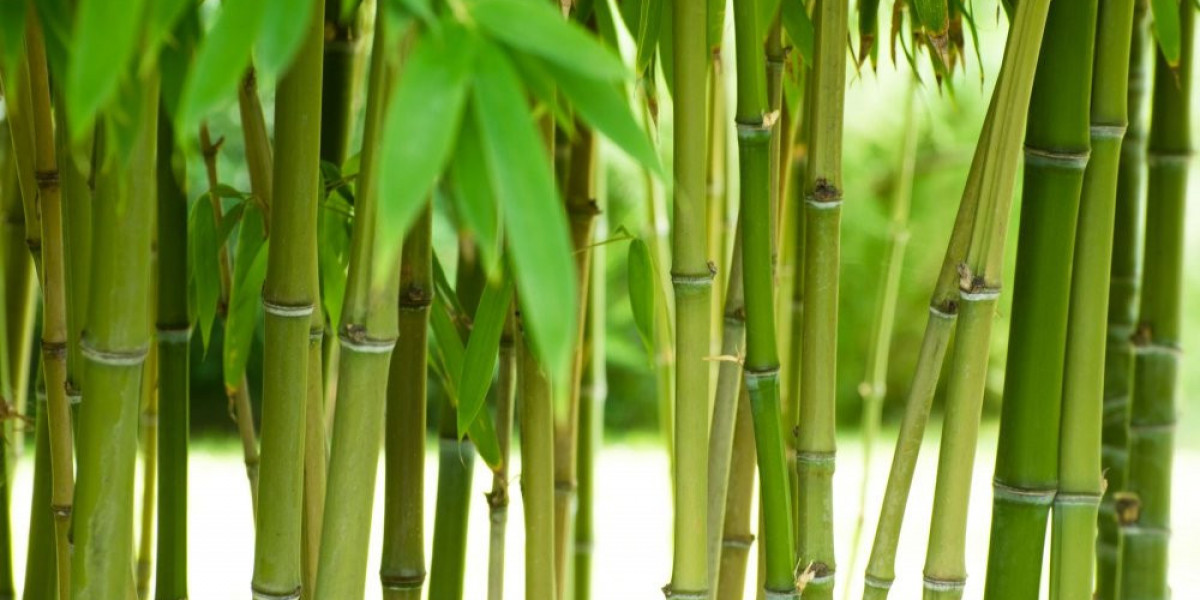Bamboos belong to the grass family, also known as Poaceae, and are characterized by woody stems. Over 1,500 bamboo species exist around the world, growing in diverse habitats ranging from tropical rainforests to alpine regions. While commonly referred to as trees, bamboos are actually evergreen perennial flowering plants.
Morphology and Growth Habit
Bamboos grow in clumping or running habits depending on the species. Clumping bamboos spread via underground rhizomes but stay confined to a particular area. In contrast, running bamboos can be invasive as their rhizomes spread rapidly to form dense thickets. Bamboo stems are hollow, jointed and made of internodes separated by nodes. New shoots emerge from underground rhizomes during the active growing season. The stems attain their final height within a few weeks to over a meter per day in some species.
Unique Reproductive Cycle
Unlike the continuous growth of other grasses, bamboos flower only once in many years in a phenomenon called gregarious flowering. All individuals of a species flower together after a long cycle ranging from several decades to over 100 years. After mass seed production, the entire bamboo grove usually dies out to make way for a new generation from seeds. This asynchronous reproductive pattern helps bamboo populations avoid predators and ensures persistence through boom and bust cycles.
Uses and Commercial Value
Bamboo has been an important natural resource for centuries, providing raw materials for construction, tools, paper and handicrafts in Asia. Strong, flexible and lightweight, bamboo is a viable alternative to timber, metals and plastics. Globally, bamboo industry is worth over $10 billion annually. Major producers include China, India, Nepal and Japan. Bamboo is also increasingly used for land rehabilitation, erosion control, rainwater harvesting and carbon sequestration through afforestation programs worldwide.
Ecological Role and Biodiversity
As a pioneer species, bamboo plays a vital role in forest restoration. They stabilize soil, improve water retention and provide food and shelter for wildlife. Over 1,500 animal species rely on bamboo worldwide including giant pandas, red pandas, bears, birds and primates. The dense thickets formed by bamboo also protect watersheds and hilly terrain from erosion. Species diversity is high, especially in tropical/subtropical regions of Asia and Americas. Ecotypes range from giant timber bamboo to small clumping types suitable for landscaping.
Cultural Significance and Arts
Beyond utility, bamboos are an integral part of cultural heritage in Asian societies. The annual growth and death cycle reflecting rebirth gave rise to religious and folklore significance. Bamboo flutes, drums and musical instruments originating from China have a rich indigenous cultural history. Many Southeast Asian scripts were developed on bamboo paper before modern materials. Traditional bamboo construction methods persist in Japan forming elevated housing, bridges and shrines as an inexpensive, renewable resource. Decorative bamboo art forms like dyed and sculpted arts are found across Asia.
Conservation and Threats
Widespread deforestation and urbanization have destroyed natural bamboo habitats. Over-harvesting for timber, fuel and fodder especially affects large clumping species. Spread of invasive alien bamboos further threatens endemic gene pools. Climate change altering rainfall patterns may disrupt reproductive cycles essential for genetic mixing and survival of bamboo populations. Conservation efforts like controlled harvesting, afforestation and regulated grassland management are underway especially in India, China and Latin America. Community participatory approaches combined with scientific knowledge help sustainable utilization and preservation of bamboo diversity globally.
Bamboos persist as versatile, regenerating forest giants despite long lifecycles and sporadic mass flowering events. Their diverse roles from carbon sink to cultural symbol underpin their significance in ecosystems and human civilizations of Asia and beyond. With careful stewardship, bamboo promises to remain a renewable resource for present needs without compromising the ability of future generations to meet their own needs.
Get this Report in Japanese Language- バンブー
Get this Report in Korean Language- 뱀부
About Author-
Money Singh is a seasoned content writer with over four years of experience in the market research sector. Known for her strong SEO background, she skillfully blends SEO strategies with insightful content. Her expertise spans various industries, including food and beverages, biotechnology, chemical and materials, defense and aerospace, consumer goods, etc. (https://www.linkedin.com/in/money-singh-590844163)









